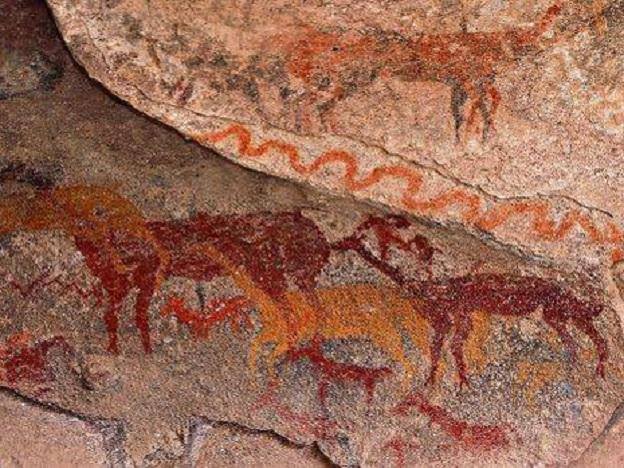The path of the SEVEN CHURCHES - Easter tradition
The Easter celebrations are nearly over and you may have seen, heard or participated in the passing of the seven churches.
This is tradition not only carried out in Peru but over Latin America, starting on the Thursday the 7 seven churches are for devout follows of the catholic church to remember Jesus from the Last Supper to his crucifixion.
 |
| Source: El Comercio |
The churches in Peru are as follows with a little history and their role in the walk of the seven churches:
1. The Sanctuary of Las Nazarenas
(Iglesia de las Nazarenas) located at Jirón Huancavelica 515. Built in the 18th century this church houses the sacred image of Jesus that was painted by an African slave and has withstood many disasters and has also become the main symbol for the “Señor de Los Milagros” festival in October.
The first church is to remember Jesus at the Cenacle where he celebrated the “Last Supper” with his disciples and to remember his night at Gethsemane where he prayed and sweated blood a night before his crucifixion.
2. The Sanctuary of Santa Rosa of Lima
(Santuario de Santa Rosa de Lima) located at Jirón Chancay 223. This church was also built in the 18th century and for many years was the home of Isabel Flores de Oliva, Santa Rosa de Lima. Here you can find the well of wishes, the garden of Santa Rosa and her room where she stayed. Santa Rosa became the first Catholic in the Americas to be declared a saint.
The second church is to remember Jesus being taken from Gethsemane to the house of Annas where he was interrogated and was hit by one of the guards.
3. The Coventry of Santo Domingo
(Convento de Santo Domingo) located at Jirón Camaná 170. Built in 1540 this church is very important to the catholic community and is where the relics of three saints Santa Rosa de Lima, San Martín de Porres and San Juan Macías are kept. This church also became Santa Rosa’s final resting place.
The third church focuses on Jesus’s walk to the house of Caiaphas where he was spat on and insulted.
4. Cathedral of Lima (La Basílica Catedral de Lima)
located at Jirón Carabaya or can be found at the Plaza de Armas. One of the oldest cathedrals in Peru dating back to 1535 and was built over a pre-Hispanic temple to the sun. Some of the oldest artefacts of Lima can be found here and it is the final resting place of the Conquistador and founder of Lima, Francisco Pizarro.
The fourth church is for the devotees to reflex on the meeting Jesus had with Pontius Pilate and the false accusation that were brought against him.
5. Monastery of San Francisco
(Basílica y Convento de San Francisco de Lima) located at Jirón Lampa y Ancash. Here you can visit the old library with books dating back the colonial period however, this church is more well-known for the catacombs that lay beneath the church where 25,000 people were buried till the practice of burying people under churches were outlawed in the 19th century.
The fifth church is to reflect on Jesus’s and his appearance in front of King Herod, where he and his guards were also abusive to Jesus.
6. Church of La Merced (Iglesia de La Merced)
located at Jr. de la Unión 621. This church was built 1535 by friar Miguel de Orenes and is known for its beautiful architecture and paintings also the church is known to commemorate the sacrifice by the Mercedarians who exchanged themselves for Christian prisoners who were considered enemies of the catholic church. Mercedarians were used to catechize the people who were conquered by the conquistadores.
This church is reflex on Jesus’s second appearance in front of Pontius Pilate, here Jesus is crowned with a crown of thrones and is condemned to death.
7. Church of San Marcelo
(Iglesia San Marcelo) located at Jr. Rufino Torrico 618 Esq. con Av. Emancipación. The church was built in the 1551 when the order of San Agustin arrived to Lima. In this church there is many images, images of Blessed Virgin Mary, Our Lady of Sorrows, Our Lady of Los Remedios and San Marcelo. The church has been rebuilt and modified during the 18th century due to earthquake damage.
The last church devotees reflex on Jesus’s passage from the house of Pilate to Calvary carrying the cross, where he was crucified and the burial of Jesus, where on the third day he resurrected.
The following Friday (Good Friday) is the day to remember the Via Crucis (Stations of the Cross), this is followed by pray.
Written by: GringoPerú



























0 comentarios: